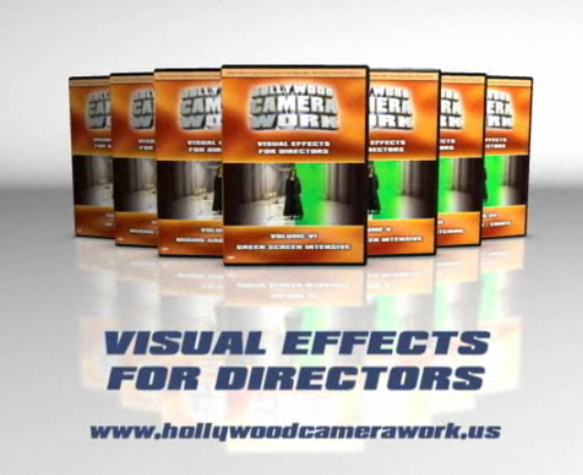The First 48 (part 3)
October 9th, 2009First Signs of Problems
If you’ve ever been on a film shoot, you know one thing for sure. There is a lot of waiting
around!
One of the first “two-hour film projects” we did was called “Berlin Metro“, not at first but it came to be known as that eventually.
This practice shot was mostly arranged by our Production Manager. Our Production Manager was very good at finding locations and support for our crew as he was “connected”, being a lawyer and all. The first shot was at an empty warehouse that one of his friend/clients had just rented and was currently empty.

The goal of this meeting was to go through the whole process, from random genre, character, prop and line of dialogue selection to writing to shooting to editing.
The basic idea we had was that everyone would be included in the brain-storming process and then after a basic story idea was formulated, the writers would spend time by themselves writing the story. This basically is a good idea and as long as you keep your roles heavily defined, this works.
“Defined roles” are the key words in this case. Who does what and who listens to whom? During the first few meetings leading up to this “dress rehearsal”, we talked about who wanted to do what. I felt it was best to try to let people do what they were most interested in doing, first, then add to that as needed.
What hats were given out? Well there was the “Production manager-writer”, the Producer, the “Director-writer”, the “Assistant Director-writer”, a “Grip”, some “Sound Guys”, an “Editor”, a couple of “Actors (who ended up wanting to be writers)” and a couple of just “Actors”. Oh! And, my two “Writers”. It was all a little up in the air at this point, ’cause you never know who’s going to be with you at the end and I was a little unsure how it would all settle down and sort itself out.
The “pre-production” meeting is still a little fuzzy to me, as it was while it was going on (just because it was a bit chaotic) but I do remember some details and the production and the post pretty vividly! There was some talk about a character and a prop and an escaped killer and the writers started to put it all together. During that time, we started setting up lights in the warehouse and stuff and our production manager kept “writing” with “the girls” (the writers). (more on this later)
While setting up, one of the crew says, “this looks like a subway” and thus the subway shot came into being.
While the girls were writing, our director-writer was doing some writing of his own. He kept popping out and telling the writers, “Okay, this is the story!” He would add, “Oh, but don’t let me mess you up.”
I recall one of the writers saying, “Oh but I like that idea” and eventually they just went with his idea.
INT. WAREHOUSE - NIGHT
Camera blocking, lighting and actions were being set. The first signs of problems weren’t even apparent to me but they were occurring. The 1st AD had set up a way that the lights and fan should be run (for a subway effect) and had someone set up to run them. Then our “creative” production manager, who was running the b-camera decided that he could run the lights instead, to solve a problem of our director wanting more people in the shot. (This would cause effects problems, more about later, but was just another example of his not being able to think outside the box.)
During the setup of the lights, I had my first personal indication of future problems. One of the actors (that really wanted to write too) came up to me and said, “Who’s in charge? I mean who should I be listening to?” She went on to tell me that we were doing a lot of standing around doing nothing and that this was all taking too long. Basically, she was right in her observations but to me it was her attitude and delivery of said communication that rubbed me the wrong way. I felt like, “You know, you just don’t go up to your producer and say those things!” I suppose it was my lack of initiation in “running things” that led to these attitudes but inside, I also felt I should let these things shake themselves out at this stage of the game.
As we shot, and shot and shot, the night became longer and longer and attitudes were starting to show themselves. The production manager kept stewing and saying loudly under his breath that we had to wrap things up. The feisty “actor” kept mentioning how late it was. Our director just had to get another take of that shot. And, I eventually had to say, “Okay, THIS will be the last shot.”
We wrapped and everyone was pretty beat. I thanked everyone for their time and work and the “post-production team”: director, production manager and I went off to “edit”.

Later, I would discover that my 1st AD was very happy with “his experiment” of seeing how people would react under the continued stress of an unorganized situation. That, I would immediately decide was a good idea and continue on with. The 1st AD, the director and I would have many meetings as to what worked and what didn’t and, believe it or not, these personnel “problems” would eventually sort themselves out.
What I learned: Defined roles are defined for a reason. Stick to them!
To be continued…
(Next 48 Hour Installment: The Assassination at India Palace)









